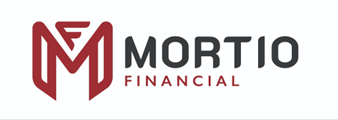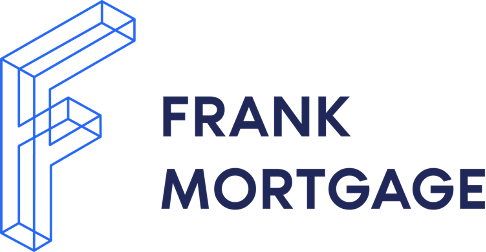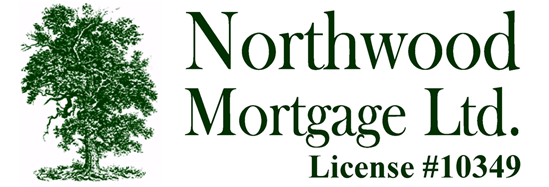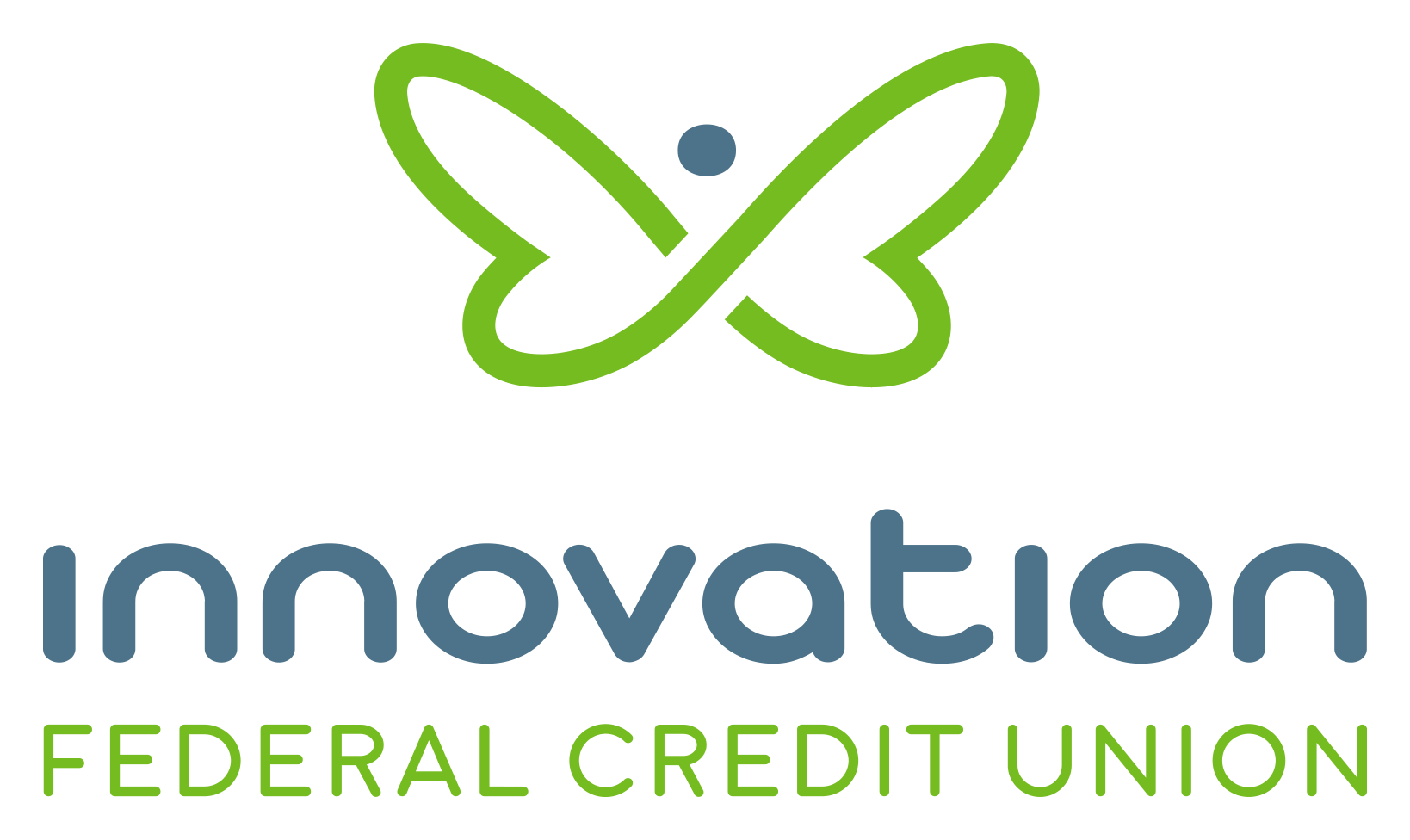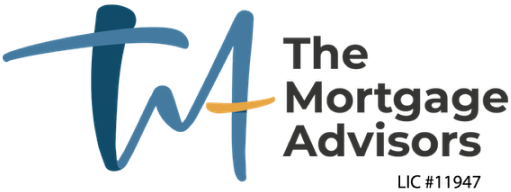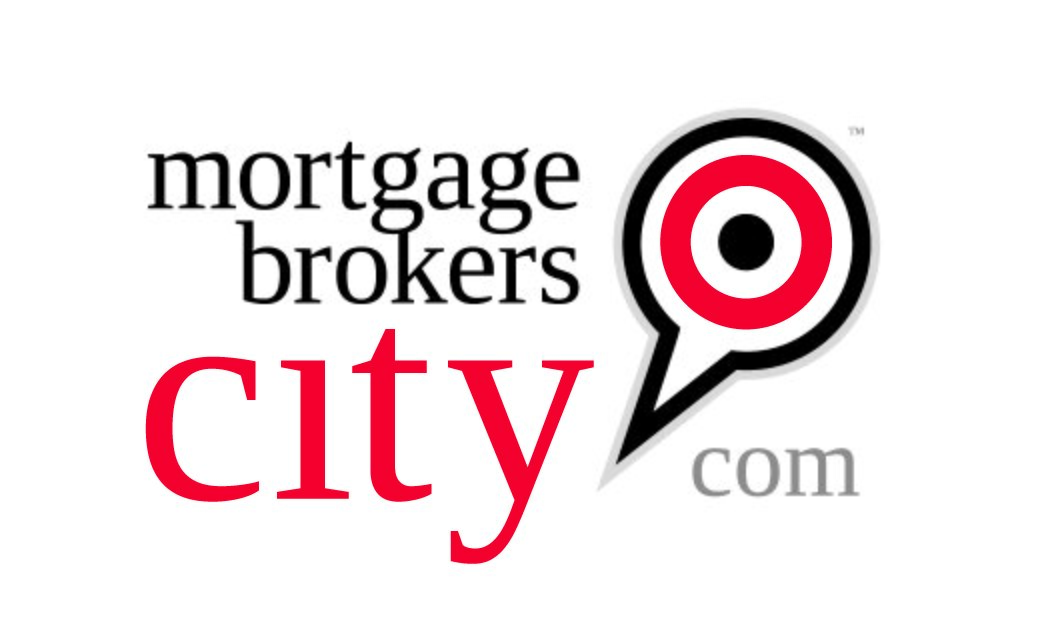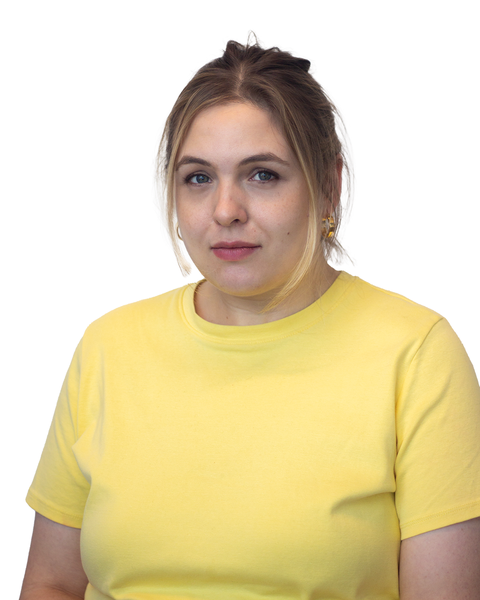Compare the best high-ratio mortgage rates
Your guide to high-ratio mortgages. Buy a home with a down payment as low as 5%.
Compare high-ratio mortgage rates from lenders across Canada




Best Current Mortgage Rates For High-Ratio Mortgage
Evaluate all high ratio mortgage rates in one place. Rates.cas Rate Matrix lets you compare pricing for all key mortgage types and terms.
Rates are based on an average mortgage of $500,000 and subject to change based on filter criteria.
Updated 10:16 on Jul 26, 2025| Placeholder |
Insured
The rates in this column apply to borrowers who have purchased mortgage default insurance.
This is required when you purchase a home with less than a 20% down payment.
The home must be owner-occupied and the amortization must be 25 years or less.
|
80% LTV
The rates in this column apply to mortgage amounts between 65.01% and 80% of the property value. The home must be owner-occupied and have an amortization of 25 years or less. You must have purchased it for less than $1 million. These rates are not available on refinances. Refinances require "Uninsured" rates.
|
65% LTV
The rates in this column apply to mortgage amounts that are 65% of the property value or less. The home must be owner-occupied and have an amortization of 25 years or less. You must have purchased it for less than $1 million. These rates are not available on refinances. Refinances require "Uninsured" rates.
|
Uninsured
The rates in this column apply to purchases over $1 million, refinances and amortizations over 25 years. More info on the differences between insured and uninsured rates.
|
Bank Rate
Bank Rate is the mortgage interest rate posted by the big banks in Canada.
|
|---|---|---|---|---|---|
| 1-year fixed rate | 4.84% | 4.79% | 4.79% | 5.59% |
5.49%
|
| 2-years fixed rate | 4.04% | 4.34% | 4.34% | 4.39% |
4.79%
|
| 3-years fixed rate | 3.87% | 4.09% | 4.09% | 4.24% |
4.29%
|
| 4-years fixed rate | 4.09% | 4.15% | 4.15% | 4.44% |
4.39%
|
| 5-years fixed rate | 3.91% | 3.89% | 3.89% | 3.91% |
4.09%
|
| 7-years fixed rate | 5.19% | 5.00% | 5.00% | 5.19% |
5.00%
|
| 10-years fixed rate | 5.24% | 5.24% | 5.24% | 5.29% |
6.09%
|
| 3-years variable rate | 4.40% | 4.30% | 4.30% | 4.40% |
6.35%
|
| 5-years variable rate | 4.04% | 4.04% | 4.04% | 4.05% |
4.25%
|
| HELOC rate | N/A | N/A | N/A | N/A |
N/A
|
| Stress Test | 5.25% | 5.25% | 5.25% | 5.25% |
N/A
|
Today's Best Mortgage Rates in Canada
Evaluate Canada’s best mortgage rates in one place. You can compare the most current mortgage rates and monthly payments from 175+ banks and lenders across Canada.
Rates are based on an average mortgage of $500,000 and subject to change based on filter criteria.
| Lender
|
Insured
|
Insurable
|
Uninsured
|
|---|---|---|---|
|
Mortio Financial Corp
|
3.99%
$2,627.39 / month
|
4.24%
$2,695.56 / month
|
4.14%
$2,668.19 / month
|
|
Frank Mortgage
|
4.09%
$2,654.55 / month
|
4.19%
$2,681.85 / month
|
4.09%
$2,654.55 / month
|
|
Northwood Mortgage Ltd.
|
4.14%
$2,668.19 / month
|
4.24%
$2,695.56 / month
|
4.24%
$2,695.56 / month
|
|
Mortgage Outlet - Russel Inspektor
|
4.29%
$2,709.29 / month
|
4.29%
$2,709.29 / month
|
4.29%
$2,709.29 / month
|
|
Innovation Federal Credit Union
|
4.39%
$2,736.87 / month
|
4.39%
$2,736.87 / month
|
4.39%
$2,736.87 / month
|
|
True North Mortgage
|
2.99%
$2,363.66 / month
|
2.99%
$2,363.66 / month
|
2.99%
$2,363.66 / month
|
|
The Mortgage Advisors
|
3.87%
$2,594.98 / month
|
3.87%
$2,594.98 / month
|
3.87%
$2,594.98 / month
|
|
Nesto
|
3.91%
$2,605.76 / month
|
3.91%
$2,605.76 / month
|
3.91%
$2,605.76 / month
|
|
Hypotheca
|
3.94%
$2,613.86 / month
|
3.94%
$2,613.86 / month
|
3.94%
$2,613.86 / month
|
|
MortgagestoGo
|
3.94%
$2,613.86 / month
|
3.94%
$2,613.86 / month
|
3.94%
$2,613.86 / month
|
|
One Link Mortgage & Financial
|
3.95%
$2,616.57 / month
|
3.95%
$2,616.57 / month
|
3.95%
$2,616.57 / month
|
|
Sudbury Credit Union
|
3.99%
$2,627.39 / month
|
3.99%
$2,627.39 / month
|
3.99%
$2,627.39 / month
|
|
City Wide Financial Corp
|
3.99%
$2,627.39 / month
|
3.99%
$2,627.39 / month
|
3.99%
$2,627.39 / month
|
|
The Police Credit Union
|
3.99%
$2,627.39 / month
|
3.99%
$2,627.39 / month
|
3.99%
$2,627.39 / month
|
|
Monster Mortgage
|
3.99%
$2,627.39 / month
|
3.99%
$2,627.39 / month
|
3.99%
$2,627.39 / month
|
|
Northern Birch Credit Union
|
3.99%
$2,627.39 / month
|
3.99%
$2,627.39 / month
|
3.99%
$2,627.39 / month
|
|
Mainstreet Credit Union
|
3.99%
$2,627.39 / month
|
3.99%
$2,627.39 / month
|
3.99%
$2,627.39 / month
|
|
East Coast Mortgage Brokers
|
4%
$2,630.10 / month
|
4%
$2,630.10 / month
|
4%
$2,630.10 / month
|
|
Mortgage Brokers City Inc
|
4.04%
$2,640.95 / month
|
4.04%
$2,640.95 / month
|
4.04%
$2,640.95 / month
|
What is a high-ratio mortgage?
A high-ratio mortgage has a loan-to-value (LTV) ratio greater than 80%. This means the loan portion of a mortgage (what is owed) makes up more than 80% of the total mortgage value. The rest is made up by the down payment. To put it in even simpler terms, a home with a down payment of less than 20% requires a high-ratio mortgage.
Let's look at what a high-ratio mortgage looks like compared to a conventional mortgage, which is a mortgage with a down payment of at least 20% (more on that later).
Say you purchase a home that costs $400,000 and have 10% to put down toward the purchase ($40,000). That would require a mortgage of $360,000 and a loan-to-value ratio of 90%. However, if you were to put 20% down ($80,000), you would require a mortgage of $340,000 and have a loan-to-value ratio of 80%.
Mortgage Professionals Canada says high-ratio mortgages account for just over 50% of all mortgages funded for first-time homebuyers. Fifty-two percent of homes purchased between 2018 and 2021 had high-ratio mortgages. Homebuyers might choose a high-ratio mortgage because it requires a smaller down payment, enabling them to purchase a home sooner than if they were to save more to qualify for a conventional mortgage.
How do high-ratio mortgage rates differ from other mortgage rates?
You can get competitive mortgage rates for both high-ratio and conventional mortgages. However, lenders typically offer lower rates for high-ratio mortgages. Why? To get a high-ratio mortgage, you need to buy insurance on the loan. Mortgage insurance compensates the lender if you default on your loan. Because the mortgage is insured, lenders consider them safer investments than conventional mortgages, which aren't insured.
But your mortgage payments won't be lower with an insured mortgage, even with a discounted interest rate. High-ratio borrowers make smaller down payments and therefore have a larger loan – by that, we mean larger in the sense of the loan-to-value ratio, not by actual dollar amount.
The loan-to-value ratio (LTV) is a percentage found by dividing the amount you want to borrow by the asset's market value. You have a low-ratio mortgage if your LTV is lower than 80%. If your LTV exceeds 80%, you have a high-ratio mortgage.
| Down payment | Loan-to-value ratio (LTV) |
|---|---|
| 5% | 95% |
| 10% | 90% |
| 15% | 85% |
| 19.9% | 80.1% |
Let's use our previous example of a home that costs $400,000. If you were to put 10% down ($40,000) and qualify for a mortgage rate of 1.94%, your monthly costs for a mortgage amortized over 25 years would be $1,561. If you were to put 20% down and qualify for a mortgage rate of 2.1%, your monthly costs (assuming the same amortization period) would be $1,346.
Your LTV will change as you pay the mortgage, so you won't always be considered a high-ratio borrower. It'll take a while to reduce your LTV; the smaller your down payment, the more years your mortgage payments will be skewed towards paying interest instead of principal.
Do you need mortgage insurance with a high-ratio mortgage?
All high-ratio mortgages in Canada require mortgage default insurance. For that reason, you may hear high-ratio mortgages, also referred to as "insured mortgages." A mortgage default results when a homeowner fails to make their mortgage payments. Default insurance protects the lender in case of default.
There are three providers of mortgage default insurance in Canada: the government's Canada Mortgage and Housing Corporation (CMHC) and private companies Canada Guaranty and Sagen (formerly Genworth Canada). Mortgage default insurance is arranged by your broker or lender and is typically rolled into your mortgage payments (meaning you pay it off over the course of your entire mortgage). You can also pay it off as a lump sum when you buy your home.
Depending on where you buy a home, you may have to pay provincial sales tax (PST) on your mortgage default insurance. PST is charged on mortgage default insurance in Ontario (8%), Quebec (9.975%) and Saskatchewan (6%). The tax on mortgage default insurance is required to pay up-front, however, and is one of the closing costs you should consider if purchasing a home with an insured mortgage.
Not all homes in Canada can qualify for high-ratio mortgages. Mortgage default insurance is only eligible for homes under $1 million. If you're purchasing a home that costs more than $1 million, you'll be required to have a down payment of at least 20%. Another thing to note is that while conventional mortgages may be amortized over 30 years, the maximum amortization period for high-ratio mortgages is 25 years.
Pros and cons of getting a high ratio mortgage in Canada
With home prices in Canada rising every year, many first-time buyers feel pressured to enter the housing market as soon as possible. If you haven't yet saved enough for a 20% down payment — which, in cities like Toronto, can take decades — it's tempting to consider applying for a high-ratio mortgage. Before you do, make sure you weigh the pros and cons.
Pros
You'll get on the property ladder sooner
- With the average home in Canada worth well over a half million dollars, rising inflation, and stagnant wages, many understandably want to get a foot on the property ladder before housing becomes completely out of reach. You can shave years off your saving timeline by putting down 5 -10% instead of the traditional 20% down payment.
Cheaper interest rates
- High-ratio mortgages must have mortgage insurance. Since they're backed by insurance, lenders often offer low interest rates to high-ratio borrowers. After all, they're guaranteed to recoup their investment even if you stop making payments.
New government incentives can help you put together a down payment faster
- The Government of Canada has introduced new incentives to address housing affordability. The First-Time Homebuyer Incentive offers up to 10% of the cost of a new home, which you can use to put together a down payment. It's a shared equity program, which means you will have to pay the government back when you sell your home. You also have to meet the minimum requirements for an insured mortgage, among other restrictions.
Cons
Added costs
- Your lender will pass the cost of mortgage insurance on to you. You can pay your insurance premium annually with a lump sum or monthly (your premium will be tacked onto your mortgage payment). Insurance premiums are based on your loan-to-value (LTV) ratio. For borrowers with an LTV over 80%, premiums are 2.80% of the total mortgage loan. For borrowers with LTVs of 95%, premiums are 4% of the total mortgage loan. On a home purchased for $500,000 with a 5% down payment, you will pay $19,000 in insurance premiums over 25 years.
Higher monthly payments
- Any savings gained from a lower interest rate are cancelled out by a large mortgage. The more you borrow, the more you have to pay back each month.
Shorter amortization period
- Borrowers who put 20% down can schedule their payments over 30 years, but those who put down less than that only qualify for mortgages with lifespans of 25 years. The additional five years will bring down your monthly payments; conversely, the loss of five years will push up your payments.
Frequently asked questions about high ratio mortgages
More important information about high-ratio mortgages to consider before applying for one.
Is a high-ratio mortgage rate usually higher than a low-ratio mortgage rate?
No. The reverse is true: interest rates on high-ratio mortgages are usually lower than the ones offered for conventional mortgages (the more commonly used term for low-ratio mortgages). For example, on one day in October 2022, the interest rate on an insured mortgage was 4.49%, whereas the uninsured mortgage fetched a rate of 4.75%. That's a difference of 26 basis points.
Mortgage lenders offer lower insurance rates to customers who opt for a high-ratio mortgage because these borrowers must purchase mortgage insurance, which makes lending money to them less risky. If high-ratio borrowers suddenly lost the ability to make payments and default on the mortgage, lenders will still be able to recoup their investments.
What does “high-ratio insured” mean?
High-ratio insured refers to mortgages with a loan-to-value ratio (LTV) exceeding 80%. LTV is found by dividing the loan amount by the property's market value. Lenders use LTV to determine whether a potential borrower can afford a mortgage and, if so, under what terms (interest rate and amortization period, chiefly).
How can I calculate my high-ratio mortgage payments?
Try using a mortgage payment calculator, which will work out your estimated monthly payment as well as your mortgage insurance premium.



